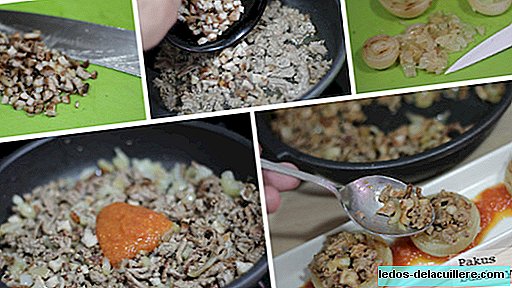
Barley a cereal of the grass family, which, although known above all for its use in the production of beverages, remains a product with interesting nutritional qualities for infant feeding.
It has been known for 10 or 12,000 years in West Asia or East Africa, to expand later in Europe and part of Asia. It is currently cultivated virtually worldwide. Their breads are heavy and darker, but it was, in the form of unleavened bread or porridge, a very important food in ancient times, even recommended by Pythagoras as an ideal to promote the ability to think.
Barley has 72% of hydrates and a protein amount of between 10 and 11% of its weight, being especially interesting, compared to wheat, its low gluten content and its high lysine content. In addition to vitamins B, E and K and minerals such as potassium, phosphorus and magnesium. It is remineralizing and gently laxative.
The flour is used to make breads, which, due to its low gluten content, would be less spongy, detail that we can alleviate by mixing it with wheat, included in milk soluble and of course, as grain with which to prepare stews and pates or simply in flakes, to take them for breakfast or soups.
The time of the introduction of barley in infant feeding, since it is a cereal with gluten, in pre-made or homemade porridge, the pediatrician must determine it, giving as a general orientation that it is not done before seven or eight months.












